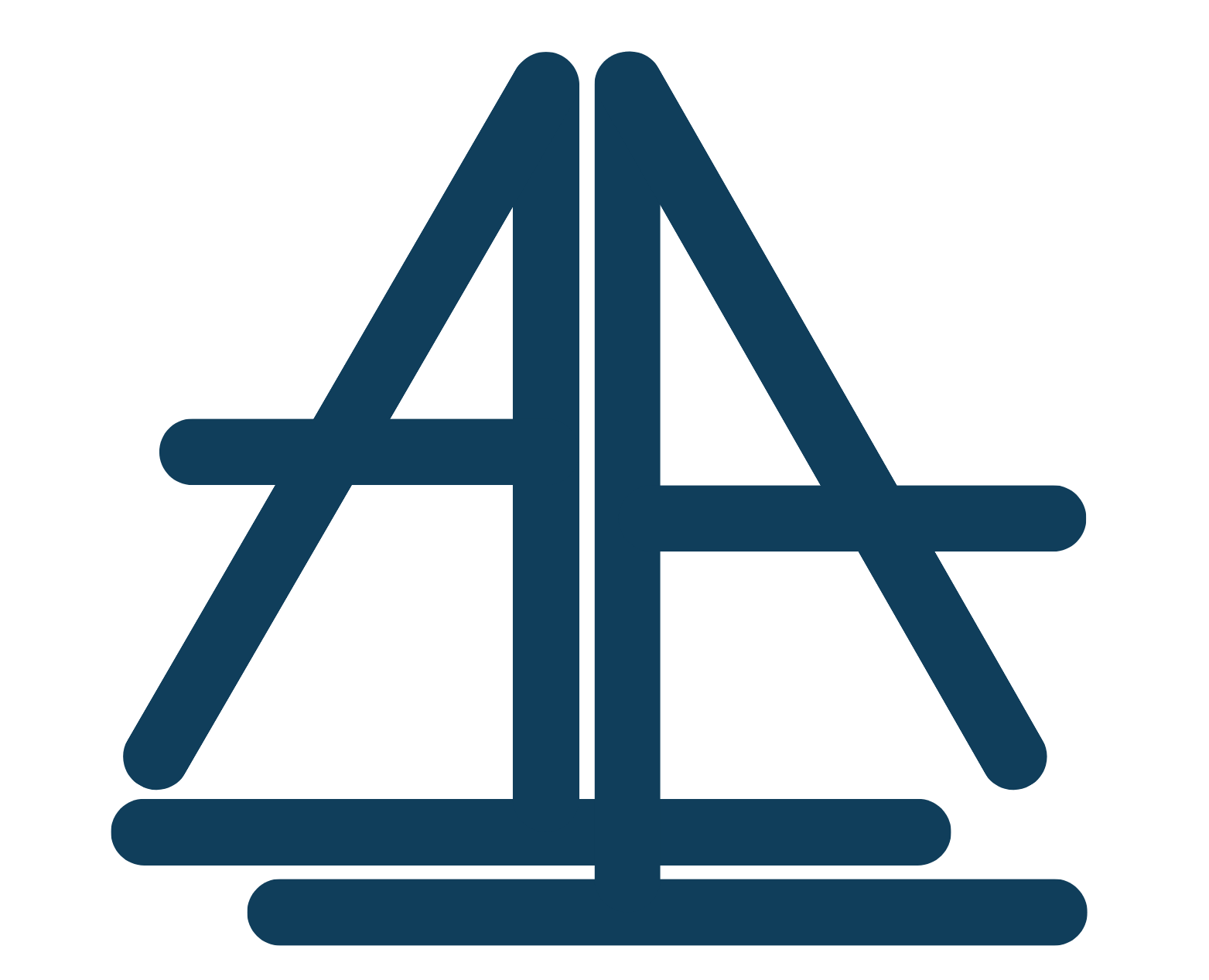1. Eigenvalues and Symmetry: Foundations of Linear Algebra
Eigenvalues λ of an n×n matrix A are defined by the equation det(A − λI) = 0, where I is the identity matrix. This scalar equation reveals critical structural properties of A. Symmetric matrices—those satisfying A = Aᵀ—play a pivotal role: they **guarantee real eigenvalues** and admit **orthogonal eigenvectors**, forming the backbone of diagonalization and stability analysis. These mathematical properties ensure systems governed by such matrices evolve predictably, resisting chaotic drift.
2. The Mathematical Bridge: Real Eigenvalues and Physical Laws
Symmetry in physical systems, formalized through eigenvalues, underpins predictability. In thermodynamics, symmetric systems enforce consistent energy distributions and state transitions, aligning with the second law: ΔS ≥ Q/T, where stability emerges from invariant structure. The reality of eigenvalues ensures conservative dynamics—like closed orbits in celestial mechanics—remain bounded and repeatable. Newton’s method, used to solve nonlinear equations, achieves **quadratic convergence** (εₙ₊₁ ≈ Kεₙ²) because it leverages accurate eigen-decomposition, illustrating how spectral theory accelerates computational precision.
3. Euler’s Legacy and the Birth of Spectral Theory
Leonhard Euler’s pioneering work on differential equations and matrix analysis laid essential groundwork for eigenvalue theory. His analytical techniques evolved into spectral decomposition, where complex systems are resolved into orthogonal modes—akin to projecting motion onto eigenvector bases. Symmetry, as a conserved quantity, stabilizes eigenstructure across transformations. Euler’s insight—that symmetry preserves essential system behavior—echoes in modern physics, where eigen-decomposition simplifies modeling conserved dynamics.
4. Pharaoh Royals: Symmetry in Design and Function
The royal complexes of ancient Egypt—visible in palaces, tombs, and temples—exemplify symmetry not merely as aesthetic choice but as functional geometry. Balanced axes, repeating patterns, and axial alignment reflect **eigenvector orthogonality**: each element’s position contributes independently to structural integrity. This design optimization **reduces structural entropy**, minimizing energy loss during stress—mirroring thermodynamic efficiency. The **Table 1** below compares symmetrical layouts across key sites, showing consistent alignment with orthogonal directions.
| Site | Symmetry Feature | Design Optimization |
|---|---|---|
| Giza Pyramids | Axial symmetry along cardinal axes | Load distribution across stable bases |
| Abu Simbel Temples | Mirrored façades and sun alignment | Energy-efficient orientation to solar cycles |
| Valley of the Kings Tombs | Orthogonal corridors and sealed chambers | Minimized air turbulence and structural stress |
5. From Abstract to Applied: Eigenvalues in Cultural Engineering
Pharaoh Royals serve as a real-world instance of symmetry-driven design, where mathematical principles converge with architectural mastery. Ancient engineers embedded algebraic logic into layout geometry—using symmetry not only for beauty but to decouple mechanical forces, enhance material efficiency, and ensure long-term resilience. Today, eigenvalue algorithms model such symmetry computationally, simulating stress patterns and optimizing structural performance. Modern **computational eigen-decomposition** enables architects and engineers to replicate and extend these ancient strategies with precision.
6. Deeper Insights: Orthogonality, Diagonalization, and Entropy
Orthogonal eigenvectors enable **system decoupling**, transforming coupled differential equations into independent modes—crucial for modeling heat flow, vibrations, and fluid dynamics. Diagonalization simplifies entropy modeling by aligning system states with principal axes, revealing energy flow pathways. Symmetric layouts minimize dissipative losses, echoing the second law’s constraint: entropy production is minimized when systems remain in near-equilibrium. This synergy between symmetry and efficiency underscores eigen-decomposition as a tool for both theoretical insight and practical design.
7. Conclusion: Symmetry as a Unifying Principle
Eigenvalues formalize symmetry’s role in ensuring stability and predictability across systems. From Euler’s analytical foundations to Pharaoh Royals’ enduring architecture, symmetry bridges mathematics and real-world function. Understanding this bridge enriches both theoretical insight—revealing how invariant structures govern dynamics—and applied design, where eigenvalue methods optimize complex engineered systems.
“In symmetry lies the order of nature; eigenvalues reveal its hidden mathematics.”
For deeper exploration, see the Top pick 2025: Pharaoh Royals slot—a modern testament to timeless principles.
